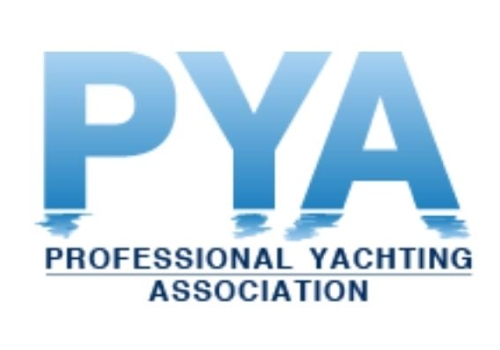MCA Releases Updated Information for Engineering on Board

The PYA Sea Service team attended the latest IAMI Subgroup meeting for engineering last week together with the MCA, colleges and other training providers that offer MCA engineering training, where some interesting updates were discussed.
The MCA announced that manning tables and conversions from foreign CoCs to SV ones will be published next week on the UK Government website.
The SETO (Senior Electrical Technical Officer) modernisation workgroup is also discussing questions for exams and aims to make the first one available in December. The same modernisation process will then happen for the ETO after the SETO exam is finalised.
The MCA is working on a new non-mandatory course that will focus on alternative fuels for the domestic market, while clarification on the SV entry requirements for the dual role and the filling in of the Engineering Training Record Book was also provided.
For those working in a dual role, who have been doing a minimum of 4 hours of daily duty in the engine room (on average) while the vessel is at sea, their time will be accepted at 100 per cent (evidence might be required) towards the entry requirements for the SV Experienced Route (minimum 24 months onboard service, of which at least six months at sea on vessels > 200 kW).
Post registration this rule won’t apply, therefore the sea service requirements as stated in MSN 1904 will be doubled for anyone working in a dual role.
Regarding the completion of certain tasks that may prove difficult, the MCA will not make any exceptions unless the candidate can prove the impossibility of doing so otherwise.
The MCA explained that the SV CoC will enable the engineer to work on a variety of yachts and other vessels that will have the equipment mentioned in the TRB on board, therefore the lack of it on the boat that they are serving on will not justify the non-completion of related tasks.
The candidate must find alternative ways to complete the requirements. An example of this is inviting a senior engineer on board who will mentor the candidate, followed by a detailed report on what was learned showing one understands the principles.
The burden of proof relies on the candidate and the workbook is an imperative tool that must record the essence of the tasks and show they’ve been done correctly.
Incomplete tasks are likely to be the subject of examination during the oral assessment, and the matter showed the potential need for training providers and colleges to fill in the gaps.
The PYA advises crew to contact their college/training provider should they not find alternative ways to complete some of the tasks. It also suggests creating a detailed sheet for every piece of equipment on board for each boat that crew has worked on and that a copy be sent to them. This will allow the PYA to start a dossier to submit to the MCA for tasks requiring review based on what equipment is commonly found on board and what isn’t.
Concerning the signing off tasks by a captain, if the captain has engineering competence that can be proven, then his/her signatures will be fully accepted. If not, they will need to be countersigned by someone with an engineering background/license.

Post your comment
You cannot post comments until you have logged in.
Login to post a commentComments
No one has commented on this page yet.
RSS feed for comments on this page | RSS feed for all comments